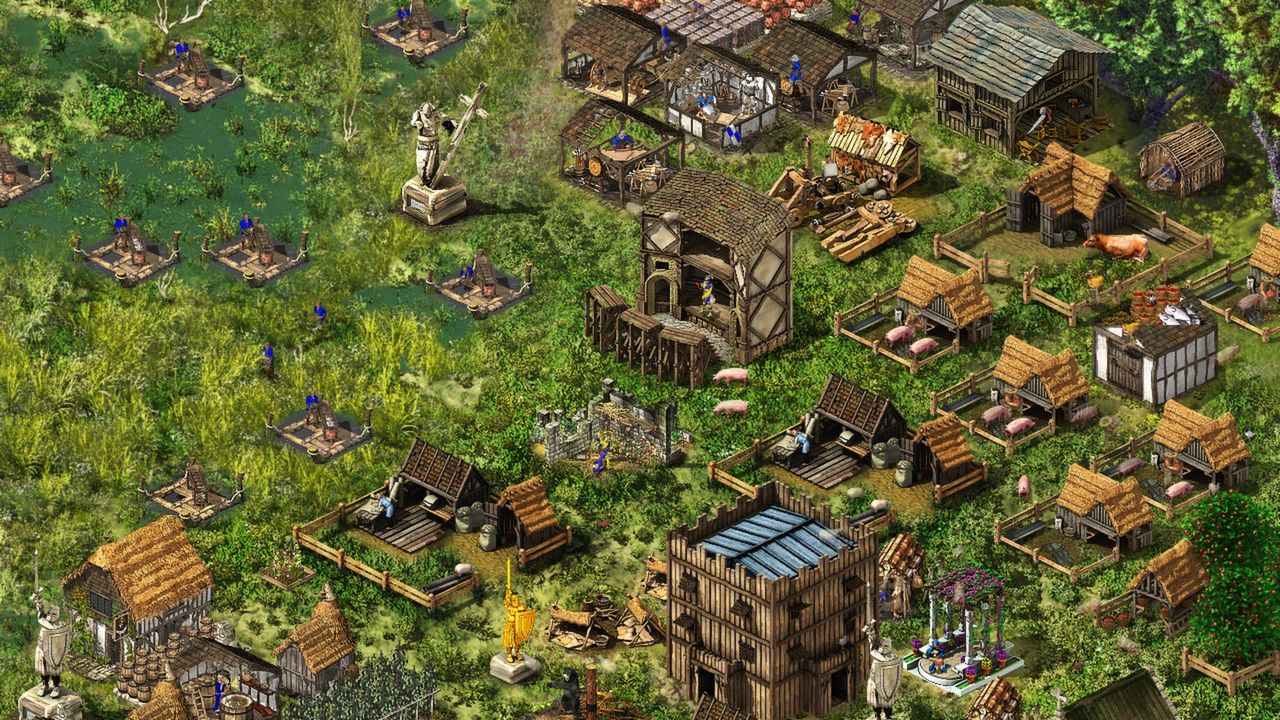

Ys – legendary city on the western coast of France Lost Cities by Continent AfricaĪkhetaten, Egypt – Capital during the reign of 18th Dynasty pharaoh Akhenaten. Vineta – legendary city somewhere at the Baltic coast of Germany or Poland Paititi – a legendary city and refuge in the rainforests where Bolivia, Brazil, and Peru meet


Otuken – legendary capital city of Gokturks in Turkic mythology Percy Harrison Fawcett sometime prior to World War I Lost City of Z – a city allegedly located in the jungles of the Mato Grosso region of Brazil, said to have been seen by the British explorer Col. Kitezh, Russia – legendary underwater city which supposedly may be seen in good weather Iram of the Pillars – this may refer to a lost Arabian city in the Empty Quarter, but sources also identify it as a tribe or an area mentioned in the Quran Other lost cities, having once been considered legendary, are now known to have existed, such as Troy and Bjarmaland.Īztlán– the ancestral homeland in Aztec mythologyĬiudad de los Cesares (City of the Caesars, also variously known as City of the Patagonia, Elelín, Lin Lin, Trapalanda, Trapananda, or Wandering City) – a legendary city in Patagonia, never foundĭvārakā – An ancient city of Krishna, submerged in the sea Some cities which are considered lost are (or may be) places of legend. Lost cities generally fall into two broad categories: those where all knowledge of the city’s existence was forgotten prior to its rediscovery, and those whose memory was preserved in myth, legend, or historical records but whose location was lost or at least no longer widely recognized. The search for such lost cities by European explorers and adventurers in Africa, the Americas, and Southeast Asia from the 15th century onward eventually led to the development of archaeology. Recently abandoned cities or cities whose location was never in question might be referred to as ruins or ghost towns. The locations of many lost cities have been forgotten, but some have been rediscovered and studied extensively by scientists. Today, 70 abandoned homes are all that remain of this ancient stronghold.A lost city is a settlement that fell into terminal decline and became extensively or completely uninhabited, with the consequence that the site’s former significance was no longer known to the wider world. In 2015, the village’s last remaining resident, Abdulhalil Abdulhalilvov, passed away. It just became too impractical to live in such a remote location. However as times changed, more opportunities for better livelihoods in other towns and cities forced many to leave. Even during the 20th-century, the village was still bustling with life and contained shops, a post office, and a hospital. It’s believed the village is anywhere from 2,000 - 5,000 years old, and at its peak, boasted 300 homes. From there, it’s a two-hour hike into the foothills and ancient pathways created by the original residents for herding and transporting their cattle. Surrounded by uneasy cliffs and perilous slopes, this location is hard to reach, however, visitors can still venture into the abandoned village by driving from the nearby town of Chokh into the base of the valley. Eventually, a community evolved around the structure. Translated from the Avar (the majority ethnic group of the republic), Gamsutl means “at the foot of the kahn’s fortress,” leading many to assume that a local Khan chose this location to build his kingdom fortified from his enemies. In the Gunibsky district of Dagestan lies Mount Gamsutlmeer, and at an altitude of roughly 4,600 feet (1,400 meters) above sea level resides the village of Gamsutl. Propped high at the peak of Mount Gamsutlmeer in Dagestan, Russia, this abandoned ancient village is one of the oldest settlements in the region.


 0 kommentar(er)
0 kommentar(er)
